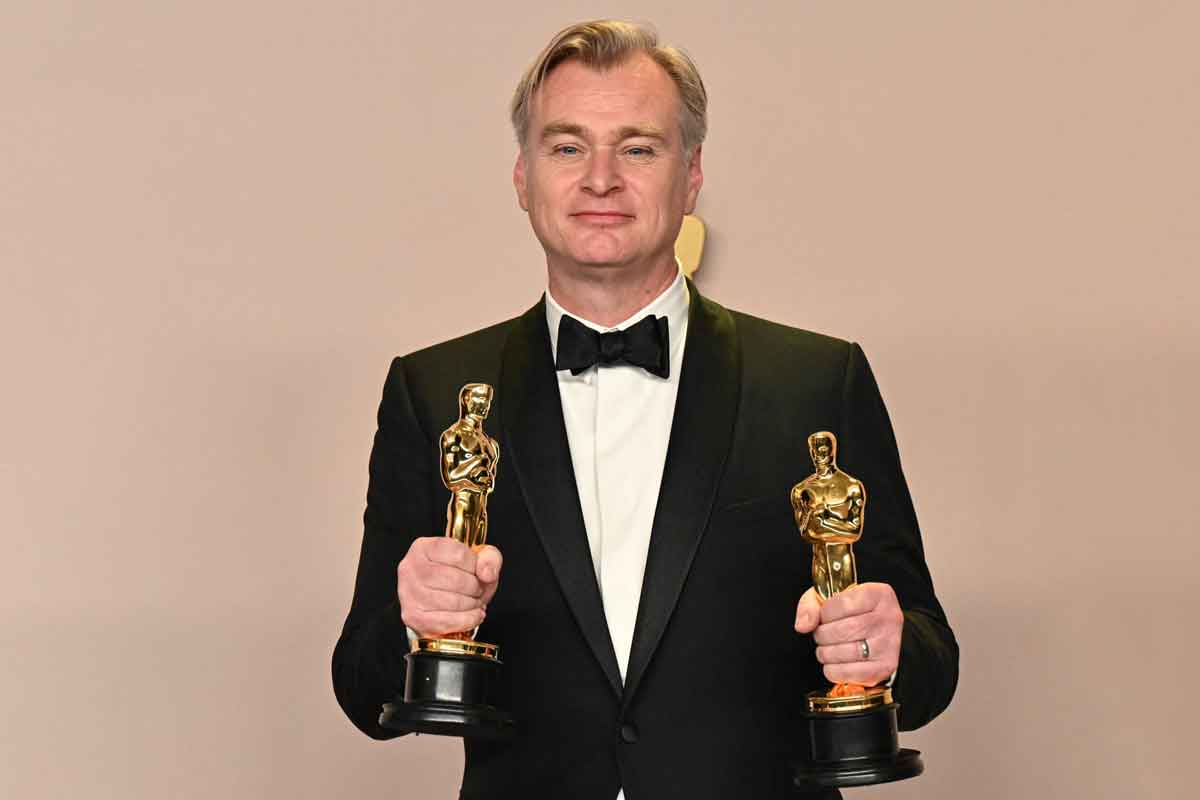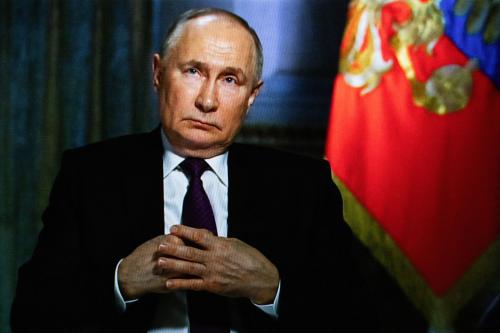Putin’s High-Stakes Gamble: The Art of Brinkmanship in His Confrontation with the West
Moscow, Russia – In what can be described as a generation-defining geopolitical struggle, Russian President Vladimir Putin is engaged in a high-stakes “big war” with the West, not necessarily of open, direct conflict, but one of relentless pressure, calculated escalation, and the masterful use of brinkmanship. His overarching goal is audacious: to dismantle the U.S.-led global order and carve out a new multipolar world where Russia reclaims its status as a primary global power.
At the heart of Putin’s strategy lies a profound belief that the post-Cold War settlement was a historical injustice that relegated Russia to a subordinate position.
The Calculated Madness: Putin’s Brand of Brinkmanship
Brinkmanship, the art of pursuing a dangerous policy to the limits of safety before stopping, is a cornerstone of Putin’s foreign policy. It is a calculated strategy designed to sow division, test the resolve of his adversaries, and force concessions without triggering a full-scale, direct military confrontation with NATO.
-
Nuclear Saber-Rattling: The most potent and dangerous tool in Putin’s arsenal is the repeated and often veiled threat of using nuclear weapons.
5 From placing nuclear forces on high alert at the outset of the Ukraine invasion to ambiguous statements about defending Russian territory with “all available means,” these pronouncements are designed to instill fear and deter greater Western involvement in the conflict.6 While the actual use of such weapons remains a low probability, the mere suggestion serves to paralyze Western decision-making and create a constant sense of anxiety. -
“Gray Zone” Warfare: Putin has demonstrated a mastery of operating in the ambiguous space between peace and war. This includes a range of hostile activities that fall below the threshold of a conventional military attack, such as cyberattacks on critical infrastructure, disinformation campaigns to sow social and political discord, and provocative military maneuvers.
7 Recent examples include repeated drone incursions and violations of NATO airspace, meticulously calibrated to test response times and sow doubt about the alliance’s collective security commitments without triggering an immediate armed response.8 -
Weaponization of Resources: Russia has long used its vast energy reserves as a tool of coercion.
9 By manipulating the flow of natural gas and oil, Moscow has sought to create economic pressure on European nations, hoping to fracture their unity and undermine their support for Ukraine. While this leverage has diminished as Europe diversifies its energy sources, it remains a potent symbol of Russia’s willingness to use all instruments of national power in its confrontation with the West. -
The “Red Line” Gambit: Throughout the Ukraine conflict, the Kremlin has repeatedly issued “red lines” – actions by the West that it claims would provoke a severe Russian response.
10 These have included the provision of certain types of advanced weaponry to Ukraine and direct NATO intervention. However, as the West has cautiously and incrementally crossed many of these self-declared lines without triggering a catastrophic escalation, the credibility of these threats has been tested. This tactic, while potentially risky, allows Putin to control the narrative of escalation and portray any Western assistance to Ukraine as a provocative act.
The Endgame: A New World Order
Putin’s brinkmanship is not an end in itself but a means to a much larger strategic objective. He envisions a world where the unipolar moment of American dominance is over, replaced by a system where major powers like Russia, China, and others have their own spheres of influence and a greater say in global affairs.
By challenging the existing order through a sustained campaign of pressure and calculated risks, Putin aims to demonstrate the West’s perceived weakness and lack of resolve.
The effectiveness and ultimate outcome of this high-stakes gamble remain uncertain. While Putin’s tactics have at times appeared to yield short-term gains, they have also led to Russia’s increased international isolation, severe economic sanctions, and a revitalized and more unified NATO.
–
Putin’s Brinkmanship: War with the West
The elements of brinkmanship
- This has included placing nuclear forces on high alert, deploying tactical nuclear weapons to Belarus, and testing new capabilities.
- Some experts argue this is largely a bluff, as a nuclear attack against a NATO state would likely result in a retaliatory nuclear strike.
- However, Western powers still take these threats seriously and plan for potential escalations. [3, 6, 8, 9, 10]
- Airspace incursions: In September 2025, Russia flew drones into Polish and Romanian airspace and sent fighter jets into Estonian airspace over the Baltic Sea. These were perceived as tests of NATO’s air defenses and resolve.
- Sabotage: In March 2025, a report documented numerous Russian sabotage attacks against Western infrastructure, including transportation, government, and critical infrastructure targets.
- Disinformation and propaganda: Russia continues to wage disinformation campaigns to sow division within the West, frame Russia as a victim, and garner support from populist and anti-establishment groups.
- Cyberattacks: Russia has long used cyberattacks to disrupt Western governments and infrastructure. [2, 11, 12, 13, 14, 15, 16]
- US elections: Russia’s hybrid warfare and nuclear threats are amplified to test the incoming US administration and exploit uncertainty regarding American commitment to European security.
- European cohesion: Russia attempts to create daylight between the US and its European allies and stoke anti-war sentiments, as seen with the recent airspace incursions over Poland and Romania. [3, 17, 18, 19, 20]
Why a conventional war with NATO is unlikely
- NATO’s strength: NATO’s conventional military capability far outmatches Russia’s, especially given the significant losses sustained in the ongoing war against Ukraine.
- Nuclear parity: While Russia holds an advantage in tactical nuclear weapons, both Russia and the US maintain strategic parity under arms control agreements (including the recently extended New START treaty), meaning a nuclear conflict would lead to Mutually Assured Destruction.
- Diversionary tactics: The brinkmanship serves to distract from Russia’s struggles in Ukraine, project strength, and force the West to over-prioritize defensive measures. [1, 3, 8, 21, 22]

